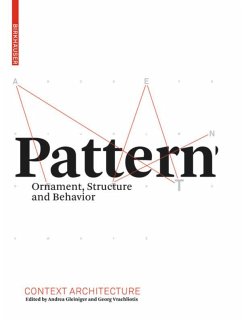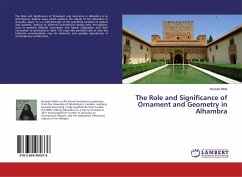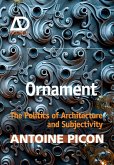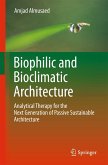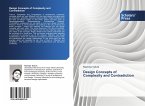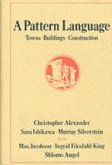As models and paradigms, patterns have been helping to orient architects since the Middle Ages. But patterns are also the basis of the history of ornament, an aesthetic phenomenon that links all times and cultures at a fundamental level. Ornament – and hence pattern as well – was abolished by the avant-garde in the first half of the twentieth century, but the notion of pattern has taken on new meaning and importance since the 1960s.
Complexity research has ultimately shown that even highly complex, dynamic patterns may be based on simple behavioral rules, and that has allowed the notions of pattern and pattern formation to take on new meanings, that are also central for architecture.
Today the use of generative computerized methods is opening up new ways of talking about an idea that is becoming increasingly abstract and dynamic. Pattern explores the question: what are the notions of pattern that must be discussed in the context of contemporary architecture?
Complex patterns are founded on simple rules. Pattern and pattern formationare of new, important significanceas the fundamental principles of systematization and description of very complex processes and phenomena. Which idea of pattern has to be used in the architectural discourse today?
Complexity research has ultimately shown that even highly complex, dynamic patterns may be based on simple behavioral rules, and that has allowed the notions of pattern and pattern formation to take on new meanings, that are also central for architecture.
Today the use of generative computerized methods is opening up new ways of talking about an idea that is becoming increasingly abstract and dynamic. Pattern explores the question: what are the notions of pattern that must be discussed in the context of contemporary architecture?
Complex patterns are founded on simple rules. Pattern and pattern formationare of new, important significanceas the fundamental principles of systematization and description of very complex processes and phenomena. Which idea of pattern has to be used in the architectural discourse today?

